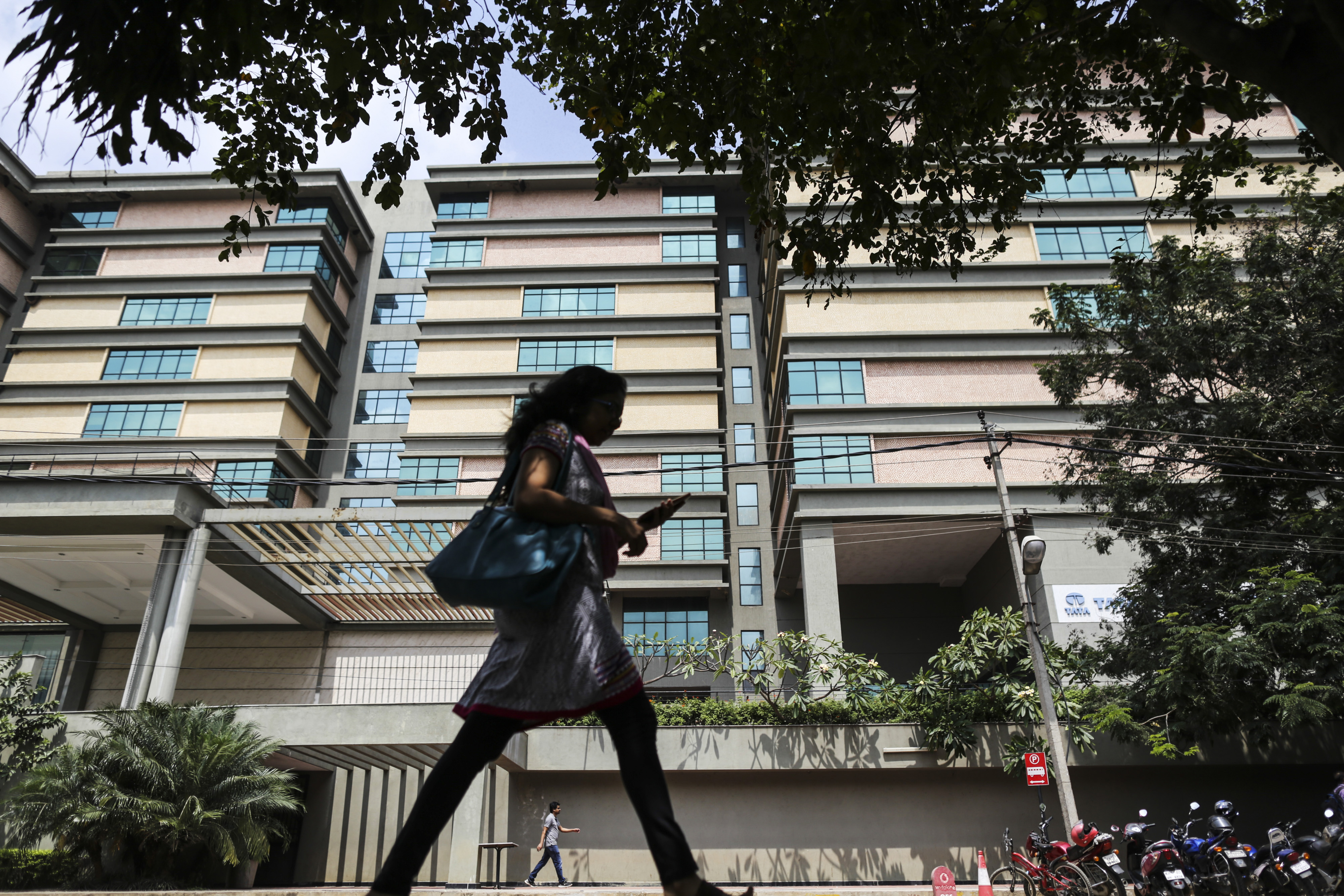
Of an estimated 2.6 billion mobile-phone owners in low- and middle-income countries last year, 1.4 billion were men and 1.2 were women, according to a study conducted for the mobile industry trade group GSMA.
Most of that mobile-phone gender gap was concentrated in just one country, India, where 114 million fewer women than men had phones.
This leads to a bunch of other big digital disparities, as Eric Bellman and Aditi Malhotra reported in the Wall Street Journal last week:
In India around 30 per cent of internet users are female, according to estimates by the Internet and Mobile Association of India. A government survey in 2014 found that only around 9 per cent of females surveyed knew how to do an internet search or send email on a phone or computer, compared with more than 16 per cent of males surveyed.
The country has close to three men on Facebook for every woman, according to consultancy We Are Social. In most other parts of the world the ratio is about one to one.
Then there’s the gap that long predated the rise of mobile phones: 79.9 per cent of Indian men 15 and older either had paid employment or were looking for a job in 2014, while only 27 per cent of Indian women did. That 52.9 percentage point gap is actually a little bigger than it was in 1990, and is surpassed only by such as Afghanistan, Saudi Arabia and India’s neighbor Pakistan. India’s other majority-Muslim neighbor, Bangladesh, has a female labour force participation rate of 57.6 per cent (compared with 84 per cent for the men). And compared with other major emerging economies, India is a clear laggard in female labour force participation.
The weird thing here is that India is not a country where women are barred from top educational institutions or positions of authority. In the World Economic Forum’s 2015 Global Gender Gap report, India scores ninth in the world (well ahead of France, the UK and the US) for women’s political empowerment. And there are states in India, including quite populous ones such as Andhra Pradesh and Tamil Nadu along the southeastern coast, where female labour force participation rates are much closer to global averages.
So what is keeping Indian women out of the workforce? There’s a burgeoning economic literature on this, much of it written by Indian women. One interesting note is that the decline in female labour force participation over the past decade may partly be a sign of progress -- Harvard University economist Claudia Goldin found in 1995 that the measure tends to follow a U-shaped curve as countries develop. First, participation drops as incomes grow, production moves from homes and farms to factories, and girls stay in school longer. Then, it rises as better-educated women enter the workforce. Most of the female participation decline in India has been in rural areas, so that may actually be an indication of increasing affluence there. Meanwhile, girls have closed the gap with boys in primary-school enrollment, and reduced it in secondary and university education. So things could start getting better soon.
Still, India is starting from a terribly low base and is still heading in the wrong direction. One factor that economists bring up is the rigidity of the formal labour market -- people with payroll jobs tend to stay in them, which makes things tough on younger would-be workers. But it seems like cultural attitudes are the biggest barrier. The Wall Street Journal article tells of fathers, husbands and even village leaders who argue for keeping phones out of women’s hands to protect their virtue. And there’s a long tradition of sons being seen as more valuable to families -- and thus a better bet to invest in -- than daughters.
Not that anybody should be looking to me, a Western journalist who has been to India just once, for expert diagnosis here. This issue seems important to focus on, though, because India plays such a big role in any prognosis of global economic growth. Sometime in the next decade it will pass China to become the most populous nation on the planet. With its youngish population and declining birth rates, India is nearing the demographic sweet spot of a huge working-age population with relatively few youthful and elderly dependents. By all rights it should become one of the main engines of the global economy. But as long as most of India’s women are sidelined from the labour market, that engine won’t be running at anywhere near full capacity. - Bloomberg View